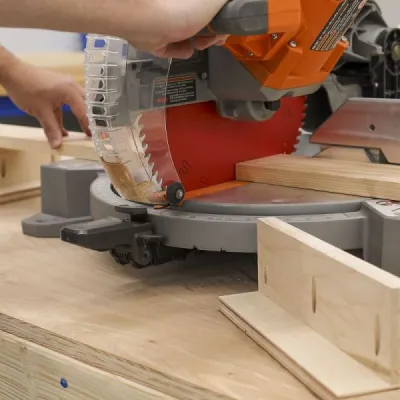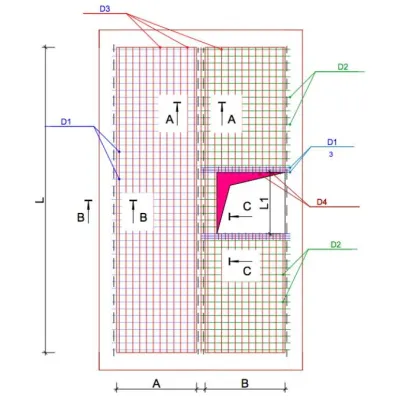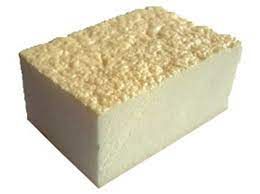The data of engineering and geological tests are the characteristics of the soil of the site selected by the developer for the construction of any new or reconstruction of any old building, as well as the planning of the land area for any project from landscape design to a rocket launch site. Based on the results obtained, the designer engineer has the opportunity to choose the best way to complete the goal.

Types of geological engineering works
1. Well drilling.
Having the parameters of the future project, as well as the location of the site, the geological engineer calculates the number of wells and the drilling depth in accordance with your national or state standards.
2. Laboratory research.
The collected soil samples in the laboratory are examined using special equipment to obtain such parameters as shear strength, compression properties, chemical composition, aggressive properties, particle size distribution, as well as filtration coefficient.




3. Cone penetration test.
This is a way to study the strength properties of soil, and is mandatory for a deep foundation. It can be used in the research of loose soils, since drilling does not always provide high-quality sampling.


The main regulatory document of statistical sounding is SP24.13330.2011.
According to 6.1.7 SP47.13330.2016, the terms of validity geology investigation documents is 5 years for undeveloped sites and for sites with buildings it's 2 years.
There is no need to come up with all sorts of different analyzes and the like when writing specification. Everything is regulated by SP47.13330.2016. The developer's job is to indicate the parameters of the construction object (length, width of the building), estimated load on the foundation, number of storeys, as well as materials used in construction. It is PROHIBITED to indicate in specifications volume, composition, methods and technology of geological surveys. These parameters are indicated in the work program.
Procedure for geological investigations
1. After signing the contract and specifications, it is necessary to notify the supervisory authorities and receive from them archival materials (cadastral maps, maps of approvals of engineering networks of at least 1:500 scale).
2. Field work with sampling.
3. Laboratory research.
4. Writing a report.
5. Registration of technical report and submission to the archive.
6. Transfer of the report to the customer.
Terms for execution are negotiated with the customer, taking into account the volume of work.



